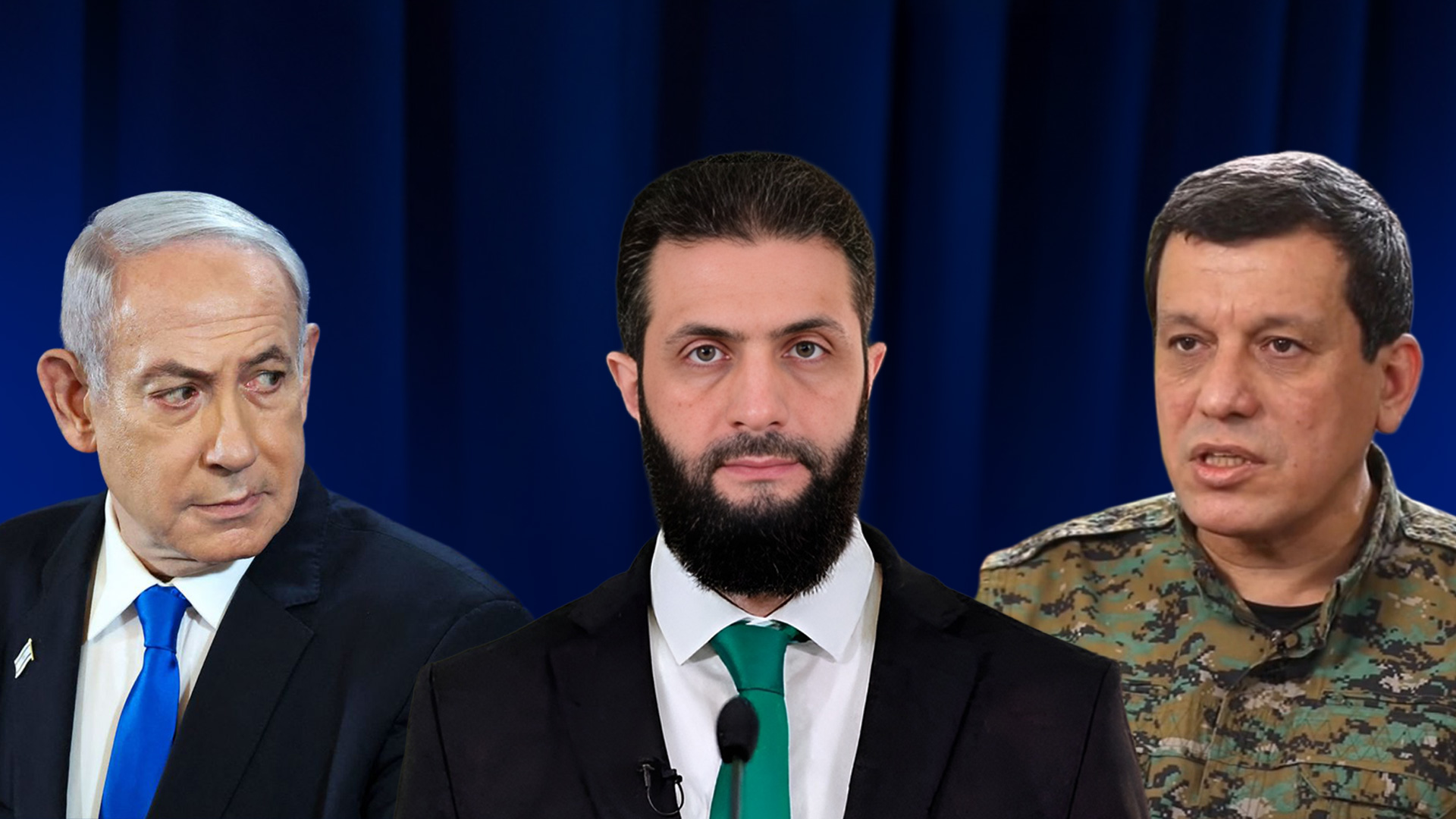Armed Attack Targets SDF in Deir Ez-zor as Israeli Unit Crosses into Syria
Damascus-backed groups attacked SDF positions in Deir Ez-zor, eastern Syria. The SDF accused the Syrian government of providing logistical support and weapons to the attackers. Separately, Syrian state media reported an Israeli military incursion into Daraa province near the Golan Heights.

ERBIL (Kurdistan24) - The Syrian Democratic Forces (SDF) announced on Sunday, that its positions in eastern Deir Ezzor came under attack by armed groups affiliated with the Syrian government.
In an official statement, the SDF Media Center said that at 9:00 a.m., fighters loyal to Damascus targeted their units near al-Asharah bridge in the Dernej district, on the eastern banks of the Euphrates River. The assault coincided with the movement of several smugglers across the river.
The SDF accused the Syrian government of direct responsibility, stressing that Damascus was providing logistical support and weaponry to the groups that launched the assault. The statement condemned the attack as a “serious threat to the security and stability of the region” and charged the government with enabling smuggling networks that undermine public safety.
At the same time, the Syrian Arab News Agency (SANA) reported that an Israeli military unit entered Syrian territory on Sunday morning. According to the agency, Israeli forces advanced into the villages of Saisun and Samla in the southwestern province of Daraa, near the Golan Heights.
SANA said that around 18 military vehicles belonging to the Israeli army moved into the villages, completely surrounding the area. In parallel, Israeli drones conducted surveillance flights over the region, heightening fear and panic among local residents.
The report added that Israeli forces also positioned themselves near the Samla military base close to the Golan Heights, consolidating their presence. The simultaneous incursion on the ground and aerial surveillance was described as a deliberate act to intimidate the civilian population.
The escalation in Deir Ezzor follows a series of confrontations earlier this week in eastern Aleppo. On September 11, heavy clashes erupted between the SDF and government-aligned forces, with both sides accusing the other of initiating hostilities.
According to SANA, Damascus charged the SDF with launching “an irresponsible and sudden campaign of heavy shelling” from positions near al-Jarrah military airport and Maskanah, targeting civilian homes in the villages of al-Kiyariyah, Rasm al-Ahmar, and Habouba Kabir. The government confirmed that the shelling killed two civilians and injured three others.
The Ministry of Defense vowed that its forces were on high alert and would “not hesitate to protect civilians and safeguard their lives and property.”
The SDF strongly rejected these claims, countering that it was Damascus-backed groups who attempted an infiltration in the Deir Hafar area. “Our forces decisively repelled the infiltration and artillery attacks launched by these groups, and completely thwarted their attempts,” the SDF said, stressing that the escalation was initiated by Damascus and that the situation was fully under control.
Farhad Shami, director of the SDF Media Center, reiterated that “our forces remain committed to the national duty of defending the land and protecting the people. Any new attempts at aggression will be met with a firm response.”
The ongoing clashes reflect a deeper political struggle between the Democratic Autonomous Administration of North and East Syria (DAANES) and the Syrian government. DAANES has consistently pushed for a decentralized and democratic system of governance, while Damascus continues to reject such proposals, insisting on centralized authority.
Sunday’s attack in Deir Ezzor and Israel’s cross-border incursion in Daraa underline the multi-layered complexity of Syria’s conflict. On one front, the SDF and Damascus-backed groups tension while on another, Israeli military operations add new uncertainty.
Observers note that SDF and Damascus military tensions are escalating, while Syria avoids confrontation with Israeli units advancing into its own southwestern territory. This duality, critics argue, exposes a troubling paradox in Syria’s strategy—one that fuels internal conflict with the Kurds while leaving Israeli incursions largely unchallenged.